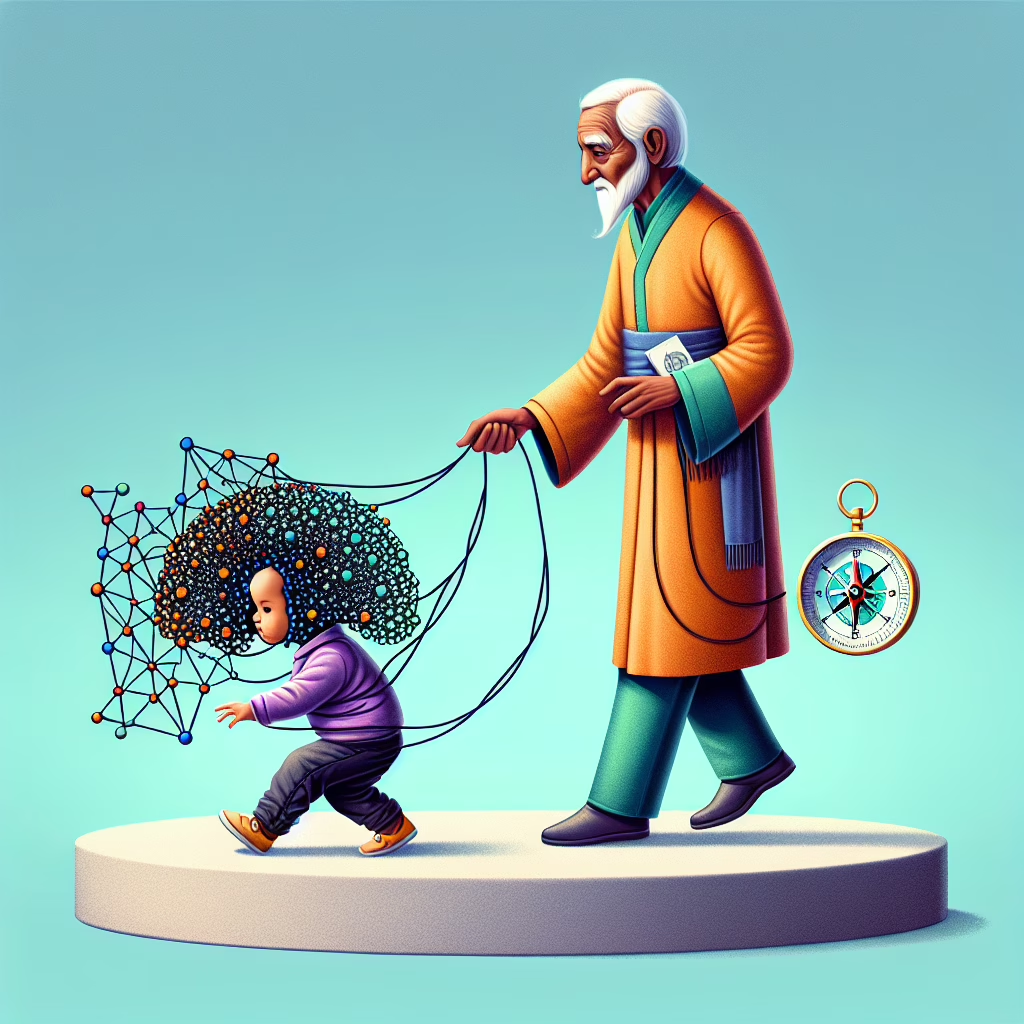In the quirky world of deep learning, where neural networks often feel like they’re lost in a labyrinth, a little guidance from physics can shine a light on the path to smarter AI. Deep learning, a subset of machine learning, thrives on data and algorithms, but it sometimes resembles a toddler trying to walk without supervision. Enter physics, the wise old sage that can help these neural networks stand up straight!
Why Physics Matters in Deep Learning
You might be wondering why we need physics in deep learning. Isn’t it just about crunching numbers? Well, yes and no! Physics provides fundamental principles that can help algorithms make sense of the chaos they encounter. Think of it as giving deep learning a much-needed compass in the vast ocean of data.
Physics introduces concepts like conservation laws and energy dynamics, which can be applied to improve learning efficiency. Imagine if your neural network could harness the laws of thermodynamics—suddenly it’s not just another student cramming for exams; it’s the star pupil who actually understands the material!
The Dance of Data and Physics
When deep learning algorithms are paired with physics-based models, they become like dancing partners who finally find their rhythm. For instance, by applying physical constraints to neural networks, researchers have found that these models can predict outcomes more accurately and efficiently. It’s like teaching a child to ride a bike while holding onto the handlebars—they’ll feel more secure and can focus on pedaling instead of wobbling!
This combination helps in various applications such as robotics, where understanding motion is crucial. By leveraging physics, robots become not just metallic beings but graceful dancers gliding across the stage of reality. Who knew that behind every robot is a physicist cheering them on?
Real-World Applications: From Theory to Practice
Let’s take a peek at some real-world applications where this fusion of deep learning and physics is making waves. In fields like climate modeling, where predicting weather patterns feels like reading tea leaves, incorporating physical principles into machine learning can enhance accuracy significantly.
- Climate Prediction: Imagine predicting storms with the precision of a meteorologist who has read every book on atmospheric physics! The results can lead to better preparation and response strategies—saving lives and reducing property damage. Now that’s a win-win situation!
- Robotics: Robots powered by physics-informed models can perform more complex tasks and interact with their environments more effectively. Imagine a robotic arm that learns to manipulate objects using real-world physics, improving efficiency in manufacturing and healthcare.
- Medical Diagnostics: By incorporating physical laws into diagnostic algorithms, healthcare providers can achieve more accurate predictions of disease progression, leading to timely interventions and better patient outcomes.
The Future of AI: A Symphony of Science
As we look ahead to 2025 and beyond, the integration of physics into deep learning promises exciting advancements. Researchers are exploring ways to create models that not only learn from data but also understand the underlying physical laws governing that data.
This could lead to AI systems that are not just reactive but proactive—like having a personal assistant who knows your needs before you do! Imagine your smart home system anticipating your coffee cravings based on your daily habits. What could go wrong? (Just kidding—it would be glorious!)
The Bright Side: Challenges Ahead
Of course, it isn’t all sunshine and rainbows. Merging deep learning with physics brings its own set of challenges. For starters, not every physicist is ready to don their data scientist hat just yet. Bridging this gap requires collaboration and open-mindedness from both sides.
Additionally, as these models grow in complexity, they may require more computational power than ever before—an environmentalist’s nightmare! Finding ways to optimize these systems without consuming massive amounts of energy will be crucial.
Conclusion: The Future Looks Bright!
The blend of deep learning with physics is setting the stage for an exciting future filled with potential breakthroughs. As researchers continue to explore this collaboration, we might just witness the birth of AI systems that understand our world as well as we do—or at least pretend to!
So what do you think? Will physics be the superhero that rescues deep learning from mediocrity? Or will it turn out to be just another plot twist in this ongoing saga? Share your thoughts below!
Special thanks to Wired for inspiring this article and providing such fascinating insights into the world of deep learning.

